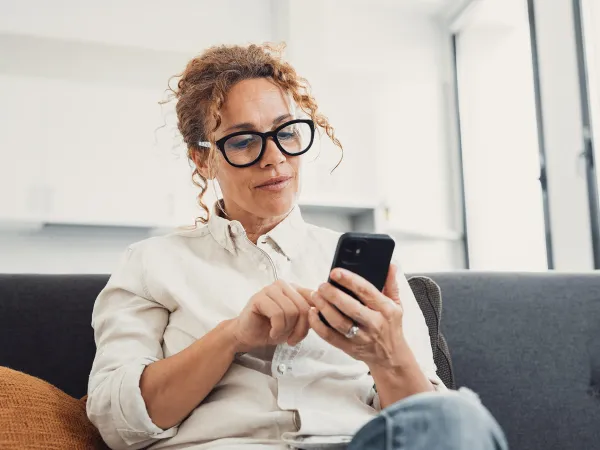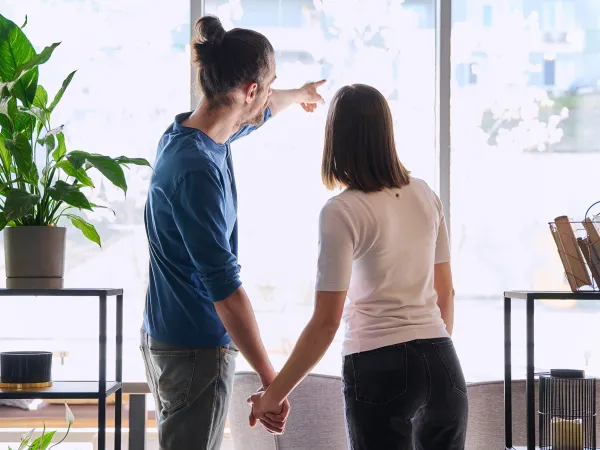Meet David
David Barker is our insolvency expert
Excellent service, efficiently dealt with in a timely manner.

Insolvency
A person is insolvent if they cannot pay their debts as they fall due and/or because their liabilities are greater than their assets.
Who can petition for bankruptcy?
A petition for bankruptcy may be made by either:
- the debtor themselves; or
- by creditors who are owed more than £5,000 resulting from the debtor’s failure to comply with a court order or statutory demand.
What happens in bankruptcy?
Bankruptcy is the administration of the affairs of an insolvent individual, in the interests of their creditors. On the making of a bankruptcy order, following a bankruptcy petition or a debtor’s application (see above), the Official Receiver (OR) is appointed trustee.
The OR continues as trustee unless or until removed by the court. If there are valuable assets a private sector insolvency practitioner may be appointed trustee.
All assets that comprise the bankrupt’s estate will vest in the trustee subject to certain exceptions (e.g. tools necessary for the bankrupt’s business or domestic or personal items). The trustee’s statutory function is to get in, realise and distribute the bankrupt’s estate in accordance with the Insolvency Act 1986 (“IA 1986”).
This means realising the bankrupt’s assets and distributing the net sale proceeds to the creditors. The trustee’s professional costs are paid out of the bankrupt’s estate.
Automatic discharge from bankruptcy usually occurs after one year. Following discharge, the bankrupt is no longer liable for the balance of his/her debts.
Discharge from bankruptcy
- After discharge from bankruptcy (usually after one year) the bankrupt is released from his/her bankruptcy debts and any property they acquire after discharge is theirs to keep; the trustee cannot lay claim to it.
- However, property comprised in his/her estate at the time of the bankruptcy order remains under the control of the trustee.
- Discharge does not return ownership or control of bankruptcy assets to the bankrupt or prevent the trustee from carrying out any of his remaining functions in relation to the bankrupt’s estate.
Which assets can the trustee claim?
Once a bankruptcy order has been made by the court, the trustee is legally entitled to seize all assets in the bankrupt’s possession at the time of the bankruptcy order. His primary aim is to raise money to pay the bankrupt’s creditors.
The bankrupt’s assets are referred to as the “bankrupt’s estate”.
The bankrupt’s estate essentially consists of all the property which belongs to or is vested in the bankrupt at the start of his bankruptcy (i.e. the date on which the bankruptcy order is made). The IA 1986 defines the bankrupt’s estate as follows:
Section 283(1)
- all property belonging to or vested in the bankrupt at the commencement of the bankruptcy; or
- any property which is or is treated as being comprised in the estate by virtue of the provisions of the Act which relate to the insolvency of individuals.
Under insolvency legislation, the term “property” is very defined widely. It includes money, goods, things in action, and every description of property wherever situated and also obligations and every description of interest, whether present or future or vested or contingent, arising out of, or incidental to, property.
In addition to assets that are readily available, the trustee may also lay claim to “after-acquired property”, that is property acquired after the date of the bankruptcy order but before the date of discharge. (For example, the court may order that part of the bankrupt’s income from employment should be paid to the trustee.)
The trustee may also claim any “future and contingent interests” the bankrupt may hold (i.e. an interest which is uncertain, either as to the person who will enjoy it in possession or as to the event on which it will arise), provided they exist as “proprietary interests” at the date of the bankruptcy. (For example, an interest in a life policy.)
If the bankrupt has a “beneficial interest” in a property, whether freehold or leasehold (i.e. an interest in the proceeds of sale of the property) this interest will generally pass to the trustee for the benefit of the creditors. If the bankrupt jointly owns the property (perhaps with a spouse or partner) the beneficial interest is usually an equal share of the value (unless specified otherwise in the original conveyance or transfer document). If the property has been mortgaged, the mortgage company has first claim on any proceeds of sale. Therefore, the bankrupt’s beneficial interest is calculated after deducting any loans secured against the property. In effect, the property passes to the trustee subject to the mortgagee’s interest and subject to the mortgagee’s right to take possession even after the bankruptcy and to exercise all the other rights of a mortgagee (including the right of sale)
Therefore the trustee will realise the bankrupts interest for the benefit of creditors even if the bankrupt becomes homeless as a result.
Should you require legal assistance for dealing with bankruptcy please call us on 0113 218 5423 or email at @email.




